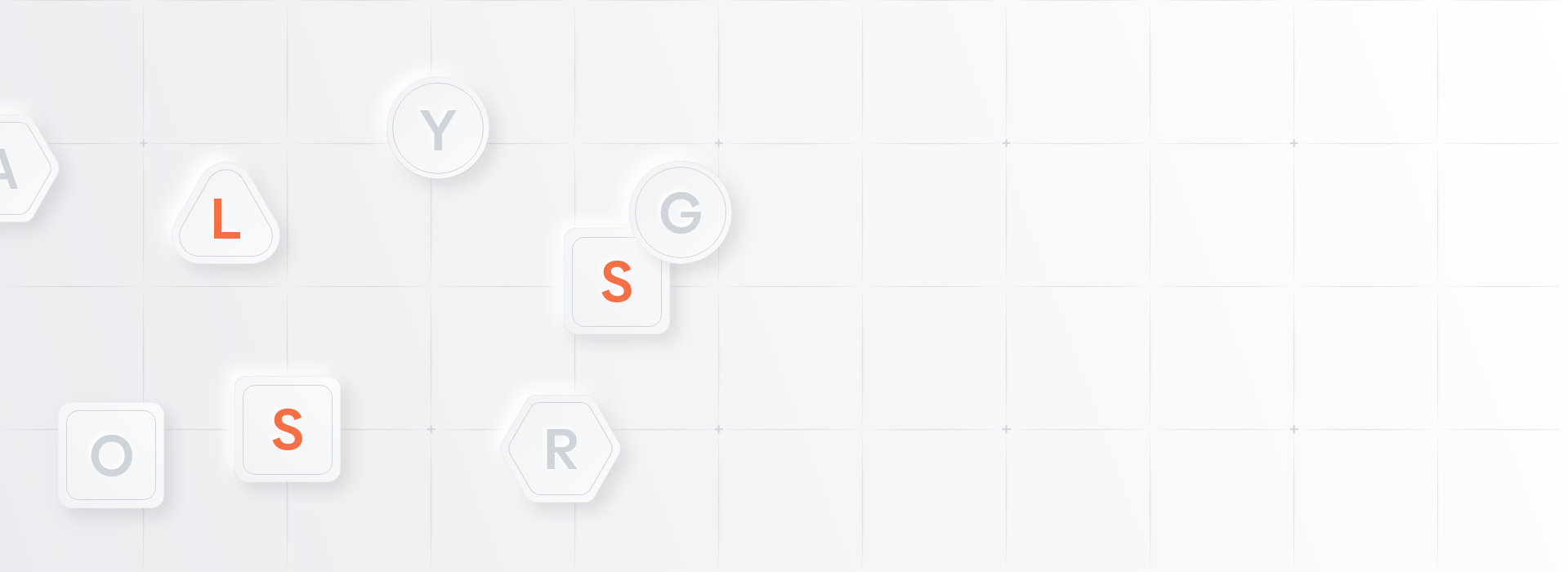App Store Ranking


What is App Store Ranking
App Store ranking has multiple meanings, the first is ‘keyword ranking’ which is the position of an app within the search results page and the second is an app’s ranking in two other charts of the App Store.
Those are:
1. the Top chart which is a chart of all the top apps divided into free and paid
2. within Category charts where it’s possible to go into specific category charts and see the top apps for that category
Apple guards the exact details of how it ranks apps but we do know some of the ‘text relevance and user behaviour’ factors that influence the App Store algorithm which we outline below.
Why App Store Ranking is Important
Discoverability depends on an app’s ranking in the App Store. If an app’s discoverability is low, this will result in fewer impressions and limited growth which isn’t the winning formula app developers/marketers are looking for. It is therefore crucial for an app to rank highly if, in search results and charts (top and category specific.), it’s to rise above the other thousands or millions of apps just like it.
The App Store algorithm takes many factors into account. Experts don’t have details on all the factors or how much weight the ones they do know are attributed to each one, but by taking the below into account, an app stands a good chance to rank well in the search results / specific categories. Known ranking factors include:
- Listing performance (install velocity: how well the app converts first time installs) in the Top and Category charts. A healthy amount of downloads will contribute to an app ranking for a number of terms. Industry experts understand this is one of the leading factors in how an app ranks.
- Metadata keywords in title / keyword field (the hidden-from-user keyword field isn’t used on Google Play, it’s unique to the App Store)
- Retention rate. App developers want a high app retention rate to rank well. If users uninstall an app quickly this can be detrimental to its overall ranking position.
- CVR. Conversion rate is a valuable measure for an app’s ranking.
- App ratings on a five star system and user reviews. The better these are, the higher an app can rank.
- Frequency of updates. A stale app that sits in the App Store without any updates may rank lower than a regularly updated app.
- In-App purchases (IAP) are indexed as keywords in the App Store.
App Store Ranking and ASO
App Store ranking is one of the metrics that ASO teams look to push in order to improve both an app’s visibility and organic traffic. An app’s ranking can be its make-or-break position in the app store, so experts need to optimize the areas discussed to improve a ranking. Rankings change intra-daily and can go up or down depending on the App Store algorithm, so it’s crucial for developers and marketers to keep on top of where their apps are placing.
A major contributing factor to App Store ranking is install rates, which rely heavily on having a great app in the first place and an optimized product page to support it. Seeing that app ratings and user reviews are also taken into account (and look great on a product page) users should be encouraged to leave good feedback as higher ratings will increase an app’s ranking. Not to mention that user reviews can shed light on potential keywords that are derived from seeing how users describe an app.
Navigate between the letters to explore additional glossary terms:
- a
- b
- c
- d
- e
- f
- g
- h
- i
- j
- k
- l
- m
- n
- o
- p
- q
- r
- s
- t
- u
- v
- w
- x
- y
- z
- User Segmentation
- User Acquisition for Mobile Apps
- Paid App User Acquisition
- Organic User Acquisition
- Explorative Users
- Decisive Users
- App Store Update
- Supply Side Platform
- Software Development Kit (SDK)
- Soft Launch
- SKAdNetwork
- Sessions Per Active Device
- Sales Per Paying User
- Google Play Search
- Apple Search Ads
- App Store Subtitle
- App Store Seasonality
- App Store Search
- App Store Screenshots
- App Store Screenshot View Rate
- App Store Sales
- App Store Analytics: Standard Downloads
- App Store Analytics: Source Type
- App Store Analytics: App Store Sessions
- App Size
- Rewarded Video Ads
- Return on Ad spend (ROAS)
- Replicated App Store Page
- Real-Time Bidding (RTB)
- Re-engagement
- Google Play Third-party Referral
- Google Play Ranking
- App Store Web Referral
- App Store Reviews
- App Store Review Engagement Rate
- App Store Redownloads
- App Store Ratings
- App Store App Referral
- App Store Analytics: Region
- App Retention Rate
- Product Page Conversion Rate
- Proceeds Per Paying Users
- Preloaded Apps
- Pre/Post App Store Tests
- Post-Install Event
- Playable Mobile Ads
- Performance Marketing
- Pay Per Install
- Google Play Product Page
- Google Play Personalization
- Apple’s Product Page Optimization (PPO)
- App Store Product Page Views (Unique Devices)
- App Store Product Page Views
- App Store Product Page
- App Store Proceeds
- App Store Preview Videos
- App Store Pre-Orders
- App Store Pre-Launch
- App Store Personalization
- App Store Paying Users
- App Store Page Scroll Rate
- App Store Analytics: Purchasable Item
- App Store Analytics: Product Page
- App Store Analytics: Pre Orders
- App Store Analytics: Platform Version
- App Store Analytics: Page Type
- Monthly Active Users (MAU)
- Mobile Growth
- Mobile Game Monetization
- Mobile Game Marketing
- Mobile Game Business Model
- Mobile Delivery Platform
- Mobile Bid Adjustment
- Mobile Attribution Window
- Mobile Attribution Manipulation
- Mobile App Retention
- Mobile App Onboarding
- Mobile App Monetization
- Mobile App Advertising
- Mobile Ad Viewability
- Mobile Ad Fraud
- Mobile App Growth
- Average Revenue Per Paying User (ARPPU)
- Average Revenue Per Daily Engaged User (ARPDEU)
- Average Revenue Per Daily Active User (ARPDAU)
- Attribution
- ARPU – Average Revenue Per User
- Apple Arcade
- Apple App Store Connect
- App Store Optimization (ASO)
- App Store Audience Testing
- App Store Analytics: App Version
- App Store Analytics: App Store Active Devices
- App Store Analytics: App Referrer
- App Store Analytics: Active In Last 30 Days
- App Store Acquisition Channels
- App Store A/B testing
- Ad Unit
- Ad Server
- Ad Revenue
- Ad Network
- Ad Mediation
- Ad Impression
- Ad Exchange
- A/B Testing Statistics
- Keyword Localization
- K-Factor
- Google Play Keywords
- App Store Keywords Research
- App Store Keywords
- App Store and Google Play Keywords Optimization
- Interstitial Ads
- Interactive Ads
- Installs Per Mille (IPM)
- In-App Events
- In-App Bidding
- In-App Advertising
- Identifier for Advertisers (IDFA)
- App Store In-App Purchases
- App Store Impressions (Unique Devices)
- App Store Impressions
- App Store Icon
- App Store Analytics: Installations
- App Install Rates
- App Influencer Marketing
- Growth Loop
- Google Play Points
- Google Play Pass
- Google Play Experiments
- Google Play Developer Console
- Google Advertising ID (GAID)
- Gametech (Game Technology)
- Game Bundles
- Google Play Short Description
- Google Play Long Description
- Deep Linking
- Daily Active Users (DAU)
- App Store Description Read Rate
- App Store App Description
- App Store Analytics: Device
- App Store Analytics: App Store Deletions
- App Store Analytics: App Download Date
- Google Play Creatives
- CTR (Click Through Rate)
- Cross Promotion
- Cost Per View (CPV)
- Cost Per Mille (CPM)
- Cost per Install
- Cost Per Engagement (CPE)
- Cost Per Completed View (CPCV)
- Cost Per Click (CPC)
- Cost Per Action (CPA)
- Churn Rate
- Casual Games
- Apple’s Custom Product Pages
- App Store Culturalization
- App Store Creatives
- App Store Conversion Rate
- App Store Categories
- App Store Analytics: Campaign
- App Store Analytics: App Store Crashes
- App Conversion Rate
- App Clip Sessions
- App Clip Installations
- App Clip Crashes
- App Clip Card Views (Unique)
- App Clip Card Views
- App Clip Active Devices
Related Terms
-
App Store Creatives
App store creatives are all the visual elements that appear on an App Store or Google Play product page.
-
App Store App Description
The app description is a text paragraph explaining to users about the app or game.
-
Google Play Product Page
The Google Play product page is the landing page for a mobile app or game distributed and published on the Google Play store.
Related Resources

Watch Our Webinar: App Store Localization in VSCO’s Style
